The Biggest Takeaways from Sony's Road to PS5 Event | Game Rant
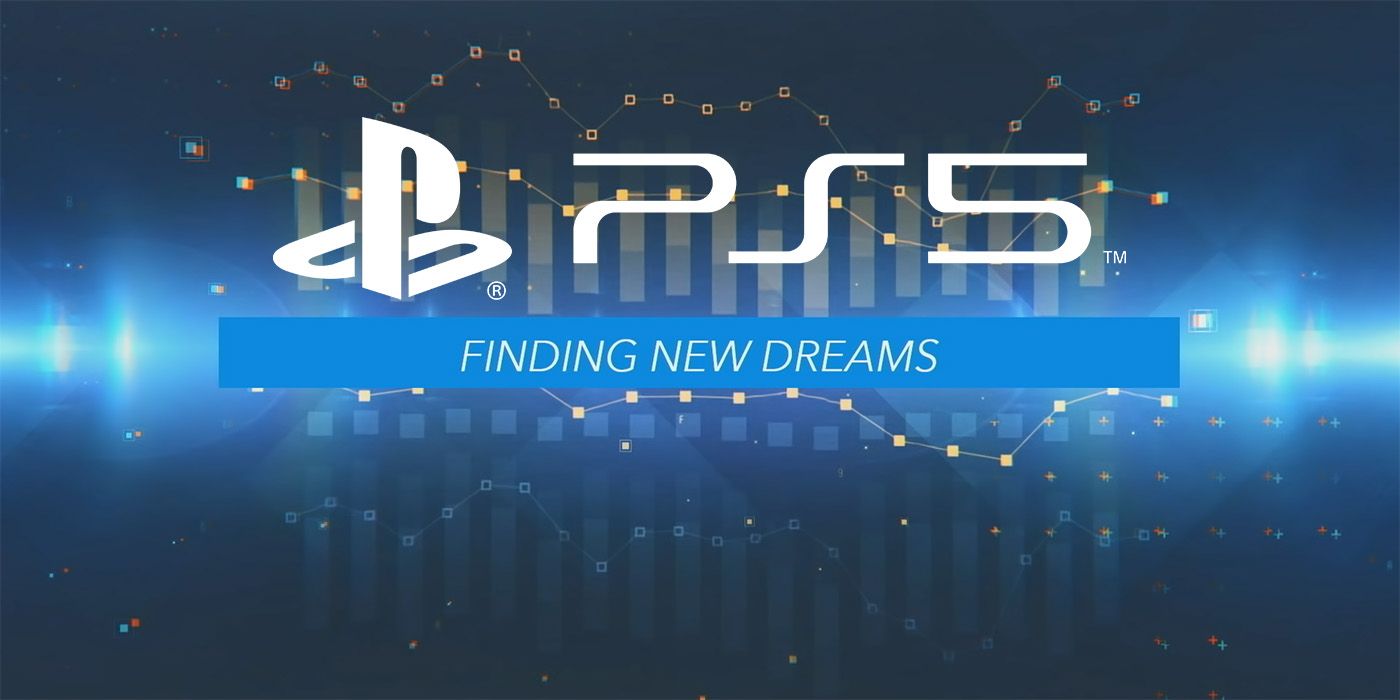
Amidst all the crazy changes the video games industry is going through in 2020, it was good to finally hear from Sony about its highly anticipated PlayStation 5 console. News direct from PlayStation about the upcoming console has been sparse, to say the least. Fans have seen the initial slew of information, but the extent of how powerful the new console would be or what features it would have has remained unknown up until recently.
PlayStation recently livestreamed a technical presentation with the system's lead architect to discuss the ins and outs of the technology within PS5. While this presentation was likely geared towards developer focus, there's still plenty of important info for players/consumers to absorb as well. Here are the key bits of information Sony has shown off so far about the upcoming PlayStation 5.
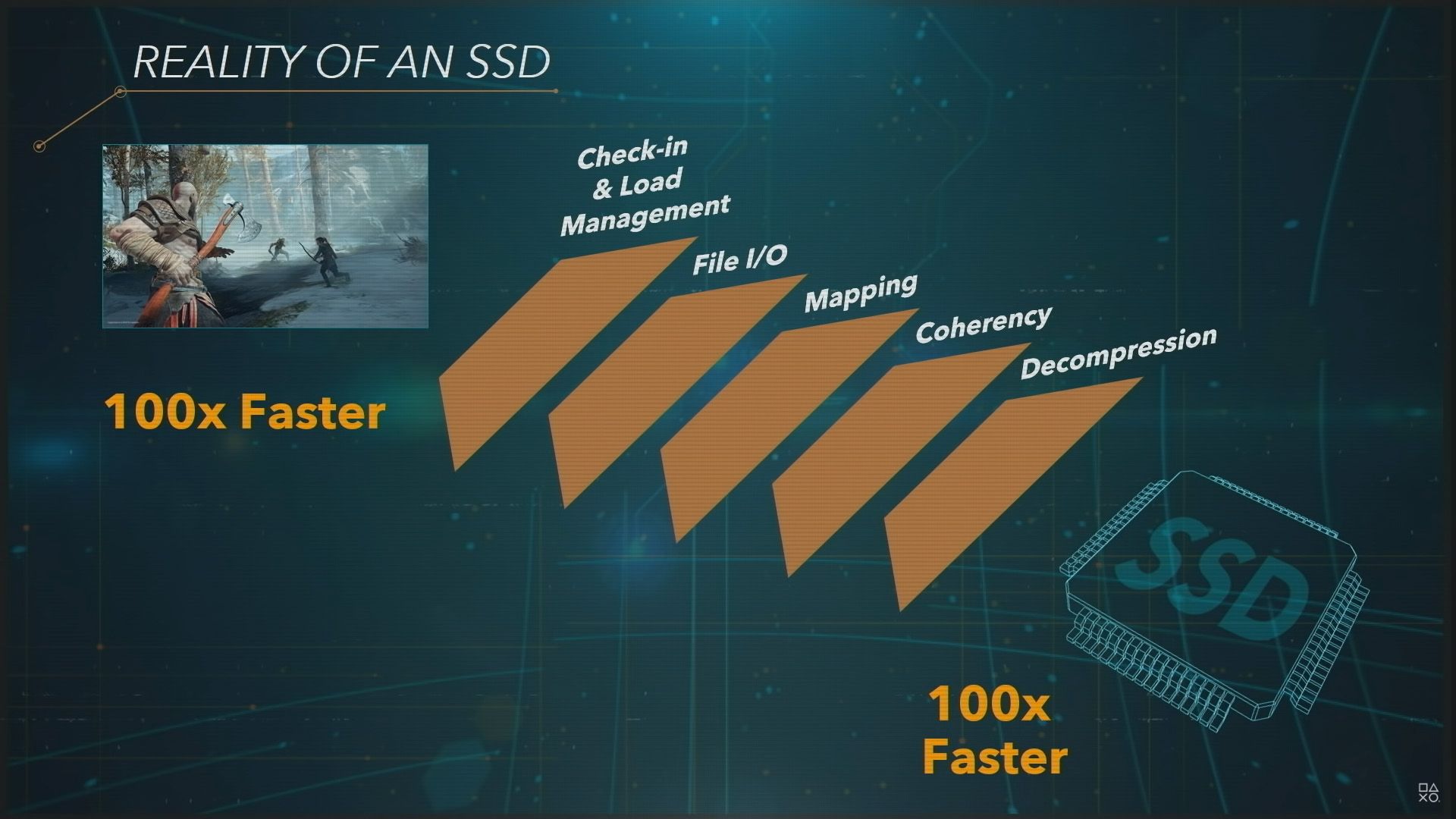
For any PC players, solid state drives are nothing new in most rigs. According to PlayStation 5 lead architect Mark Cerny, one of the most requested technological advancements for the next-generation of consoles was the use of solid state drive (SSD) technology as well. Likely in favor of reducing performance bottlenecks, both consoles are opting for SSD data storage this time around. But there's a reason why PS5's SSD is described as a "bigger deal," and that's because of its customized design.
The main idea is to help decrease or eliminate loading screens/load times, and with games continually increasing storage requirements, read times have become much longer on standard hard drive technology. SSDs, however, use proprietary flash technology, making it easier for data to transition to different parts of the drive and access the information. In layman's terms, that basically just means large amounts of game data can be parsed and loaded at greater speeds compared to the loading speeds the PS4 is capable of now.
The PS5 will have a custom-built 825GB SSD as its main storage device, with an additional M.2 SSD storage slot for expanding storage as well. While the 825GB main SSD in the PS5 may seem smaller in comparison to the Xbox One X's SSD, the "custom-built" aspect of the drive is what's most important. Cerny later detailed that the PS5's custom SSD will make load speeds 100x faster compared to the PS4. The "custom flash controller" in the system is designed to prioritize and optimize game data loading from the PS5's SSD to the game itself.
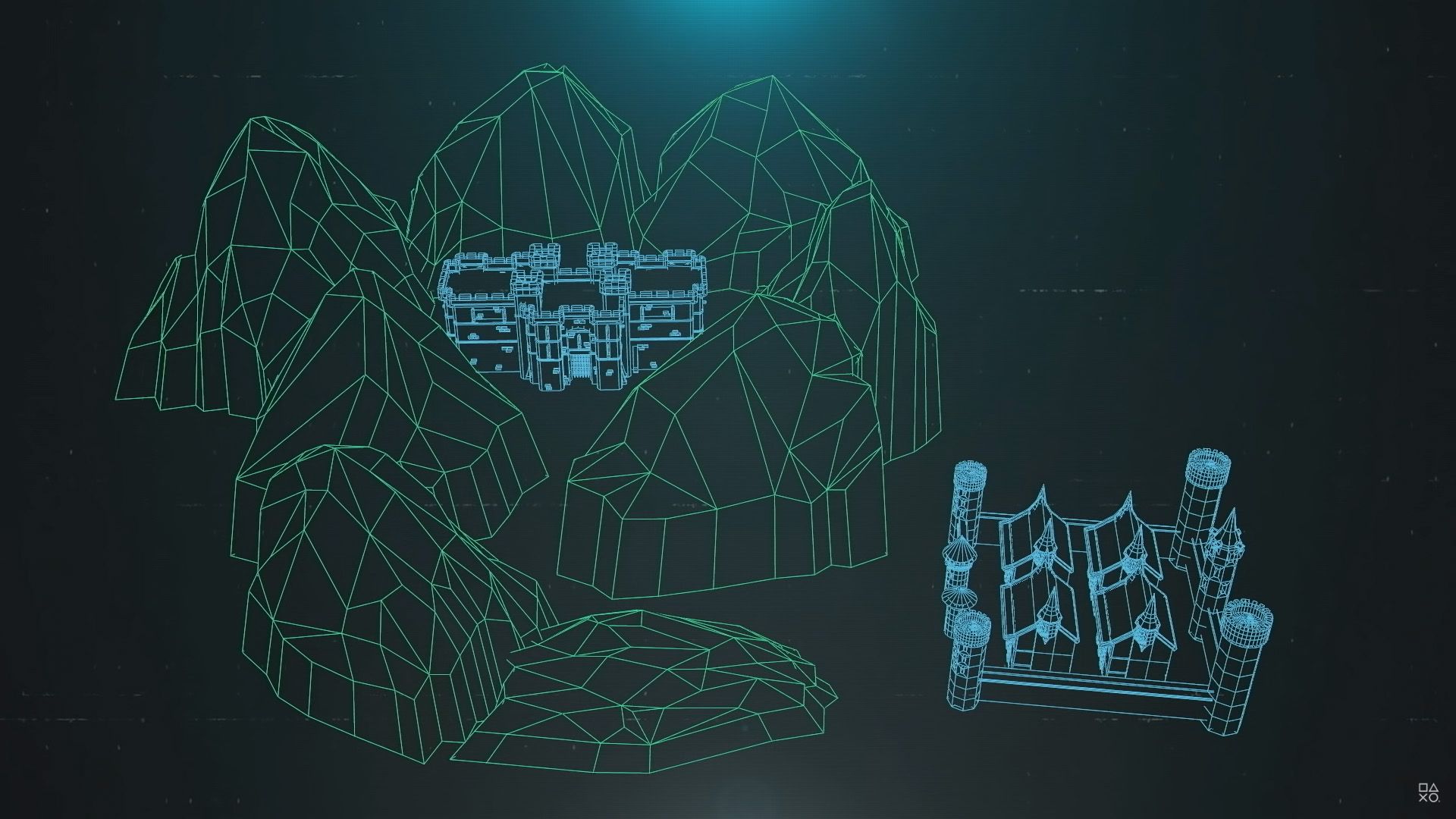
Now granted a stronger and faster storage device is very important, but how specifically does that affect games? Players of open-world or highly detailed linear experiences may be familiar with the "tight/long corridor" or "elevator" trope in games. Often used as an element in the world to hide/circumvent waiting for a game to load, the PS5 is aiming to end the need for these moments in games with its hardware capability.
Cerny gave an example of when a player is about to enter a new area in a large game. Before the player can physically enter that space, the game has to load several gigabytes of textures for the environment. During this transition the player also has to watch a scene play out where a character in the game is experiencing their last moments and uttering dying words. Assuming the game has been optimized for the SSD's advantage, the idea is to have the PS5 memory prioritize the game audio for that scene whilst also loading the new environment in the background simultaneously. From there the game can circumvent any need for a loading screen, long and necessary hallway, or agonizing elevator ride to the new area.
This in turn likely could end any framerate hitching or any noticeable performance drops in games when accessing different areas for the first time. The PS5 will know to prioritize the data loading nearest to the player without hitting any performance caps in loading/rendering the rest of the area/level's data. Not only to the player's benefit, but this technology should also lessen the burden on developers who had to allocate development time to adhering to these hardware limitations. Former technical art director for Naughty Dog Andrew Maximov reaffirmed these statements, illustrating how the PS5's SSD will make games better in the future.
Cerny also made a short note on the aforementioned information in regards to patches and installing updates. The day one patch has been a point of frustration for many players on the PS4, forcing fans to wait before they can play. With the ubiquity of the internet paired with ever-evolving games, developers pushing out updates on the day of release to fix issues has become commonplace. One of the most notable issues with the PS4 was how long patches would take to install after they'd finished downloading, something Cerny addressed directly during the presentation. Cerny states that the SSD's technology will optimize the file-writing process used for installing updates, and in the end, hopefully eliminate the install-and-wait problem as best it can.
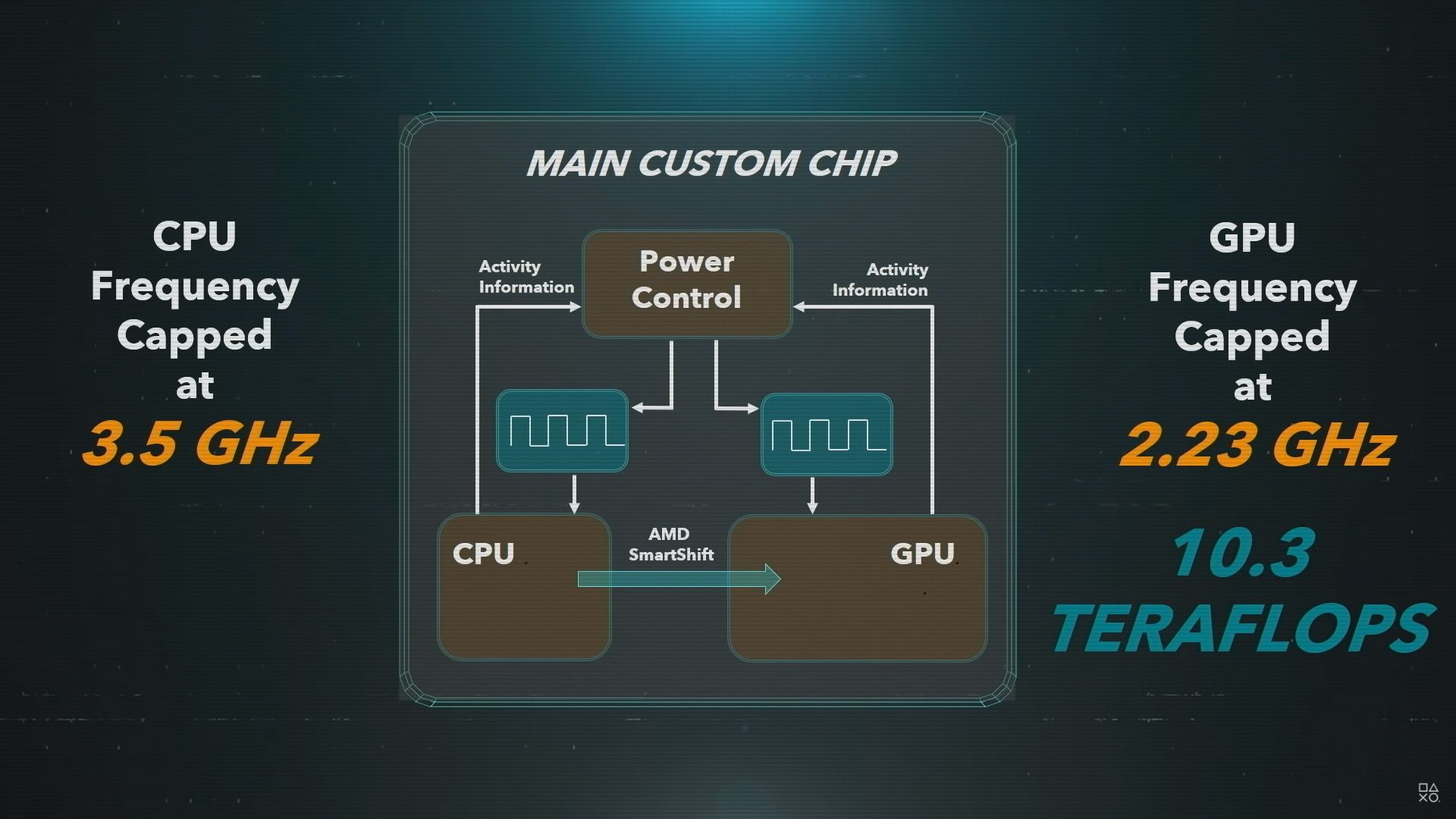
Much of the graphical tech updates being made to the PS5's specs mirror the advancements made in PC graphical technology recently. Cerny makes mentions of increased CPU frequency (measured at 10.28 Teraflops) and the adoption of Ray Tracing technology built-in to the system directly. What Cerny honed in on was specifically power consumption and cooling, as well as innovations in Audio technology.
The main gist of Cerny's power consumption discussion is tackling some of the cooling solution issues that many PS4 players may be familiar with from last generation. Many of the rumors previously stated the PS5 would still be less powerful regardless, but better cooling will mitigate that issue. Cerny specifically pointed out the high power requirements when playing 2018's God of War, noting it was one of the games that pushed the PS4 to its processing and graphical limits. This time around, the power structure of the PS5 will be designed instead to run at a variable frequency under continuous boost. This essentially means the PS5 will always operate with a set amount of power consumption, and adjust the CPU and GPU's individual performance frequencies to match the demands of the game that's being played.
What was most ambitious about the PS5's presentation was Cerny's discussion on the potential of three-dimensional audio in PS5 games. With PS5, the console will be supporting a variety of different audio sources and formats for use with 3D audio. 3D audio is essentially the concept of creating a sense of "presence" with surround sound audio that evokes a sense of direction from the sound to the player. PS5 has an increased focus on 3D audio, adding "dimensionality" to its sound. Cerny used the example of Dead Space to exemplify the importance of sound direction and how utilizing 3D audio can help players determine an enemy's location in game with the use of high quality 3D audio.
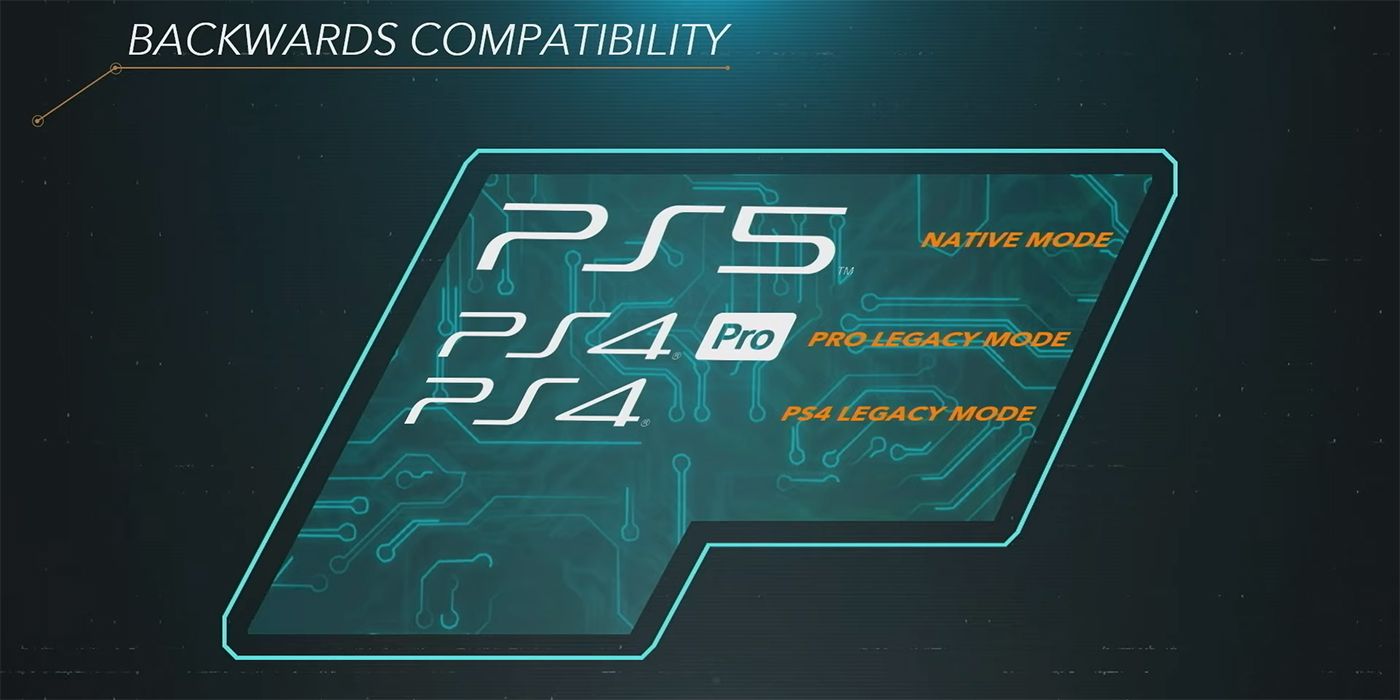
Lastly, the PS5 has confirmed it will have limited but optimized backwards compatibility with most PS4 games at launch. The PS5's CPU programming has inherent functionality to run PS4 and PS4 Pro-rated games through different performance modes. Initially, Cerny mentioned that backwards compatibility for the PS4 would only cover the top 100 most-played games at launch. Cerny stated that individual testing would have to be done for each PS4 game not only for stability, but for optimization and boosting with the new console's hardware capability. No mention was made of any PS3, PS2, or PS1 games coming to backwards compatibility for the PS5.
Sony has since amended Cerny's statement, noting that an "overwhelming majority" of PS4 games will be supported and playable on the PS5. No mention of whether all these games would be made available at launch or later on was made. While this may be disappointing for long-time PlayStation fans, it doesn't necessarily debunk the possibility of PS1/PS2/PS3 backwards compatibility coming to the console later on. Since PS4 games have native firmware in the PS5's CPU, that doesn't rule out the possibility of adding similar functionality in a firmware update later on.
For fans who are excited, Sony will likely start the drip feed of information on the PS5 in the coming months, hopefully with updates to some of the console's features as well as some new games coming to the system. For now the PlayStation 5 is gearing up to be an innovatively fast and powerful gaming console worthy of PlayStation fans' time.
The PlayStation 5 is set to release in holiday 2020.

Post a Comment